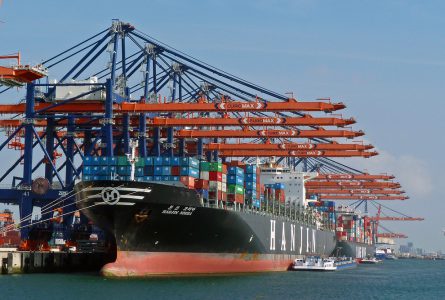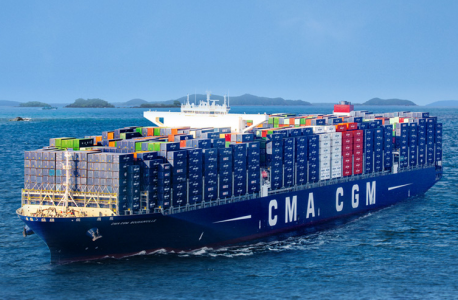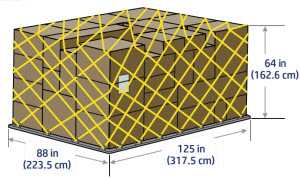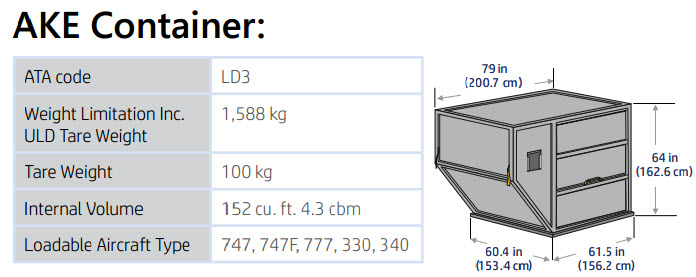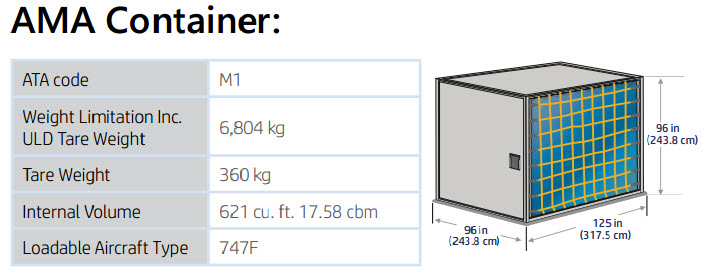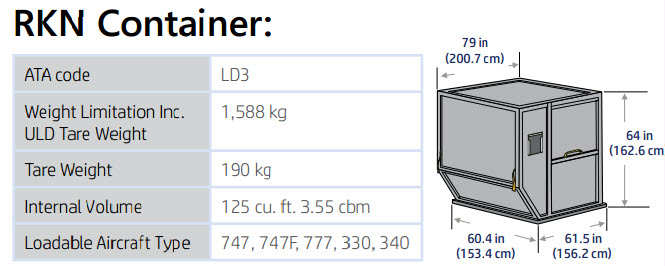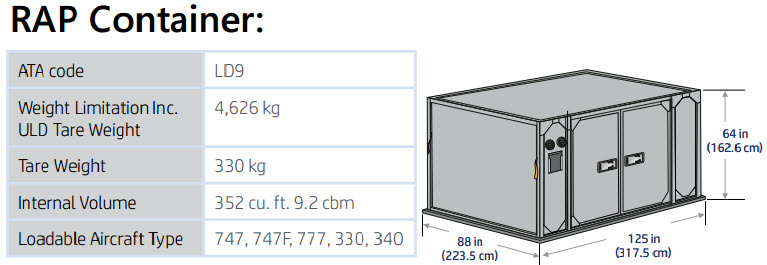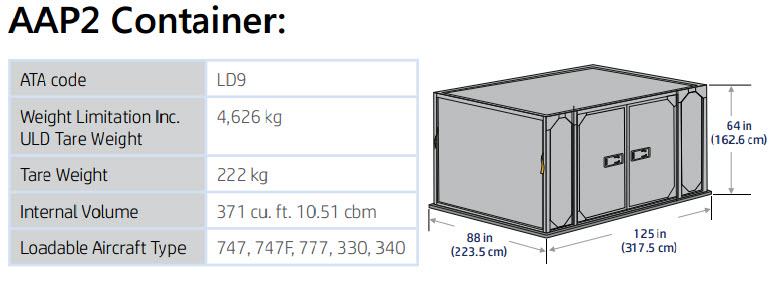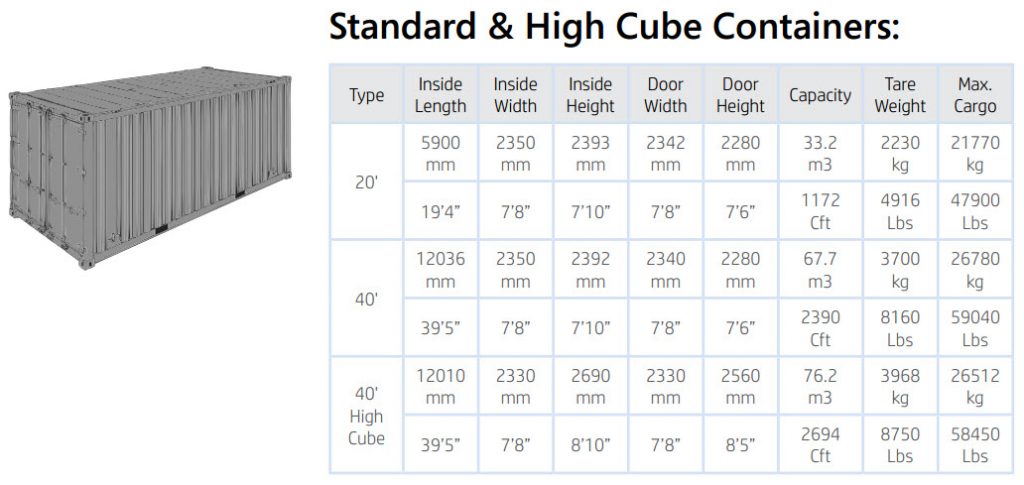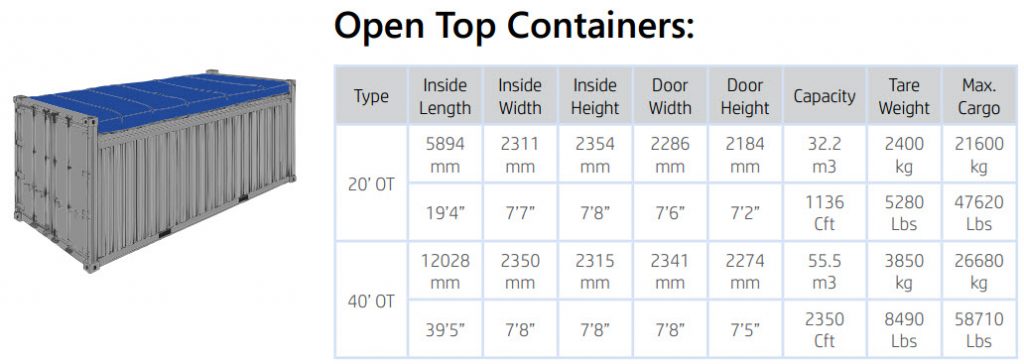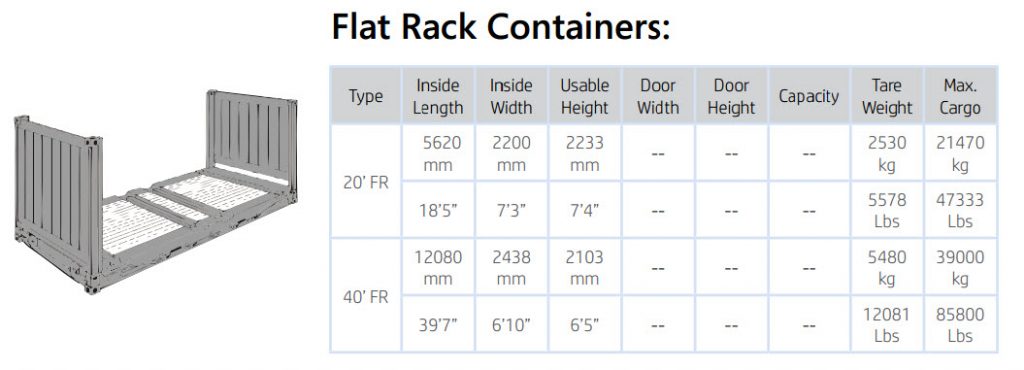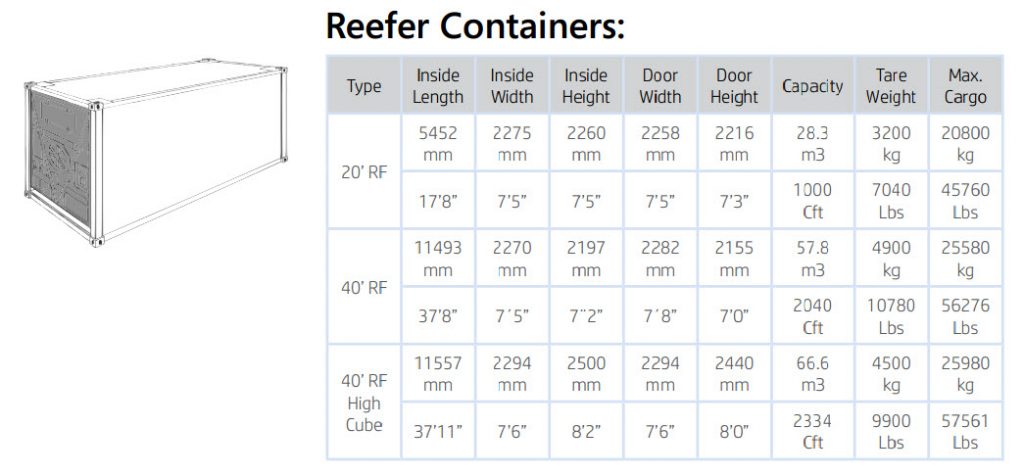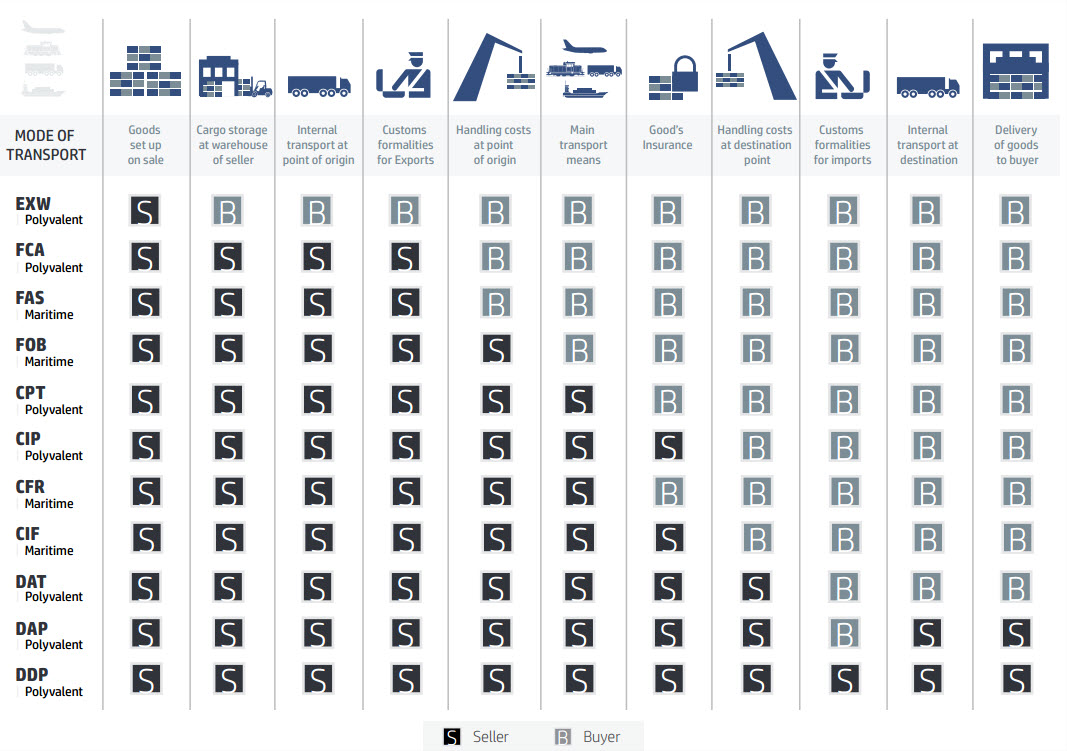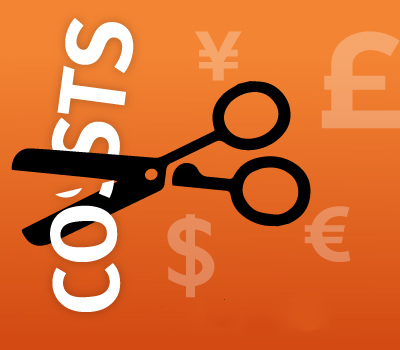
How to Save Freight Cost?
One of the most important factors with international sourcing is how to reduce costs, specifically shipping costs.
Whether you own a small business, or a big company, whether you are new to importing, or already veteran there, managing shipping and saving freight cost directly affects your business’s bottom line.

Every dollar saved in transportation translates to an equal improvement in financial performance. Overpaying in logistics means you can’t provide consistent and cost-effective delivery to your customers.
1. Plan Ahead
Last minute shipping is always expensive. If you require an express freight with short deadlines, chances are you will be charged extra.
By planning in advance you can not only avoid overpaying, but also take advantage of some nice discounts. This can give you time to plan for storage when it’s needed and overall make you more flexible in terms of choosing a carrier and tariff.
 Plan ahead means you will have enough time to choose the suitable transportation method, find a good freight forwarder and leave you and your customers better preparation. All other shipping strategies for saving cost are based on this.Nonetheless, importers looking to move product during the holidays are advised to allow extra lead time and book early.
Plan ahead means you will have enough time to choose the suitable transportation method, find a good freight forwarder and leave you and your customers better preparation. All other shipping strategies for saving cost are based on this.Nonetheless, importers looking to move product during the holidays are advised to allow extra lead time and book early.
2. Find Suitable Shipping Method
There are several cargo types. Transporting goods by sea or air, courier or air, can be a complicated operation for business owners who haven’t explored every transportation ways and the costs associated with them. Some of the most common mistakes are not knowing which freight means to choose.
By Sea or By Air?
Sea freight is predominantly utilized for large international shipments that are not overly time critical.
Air freight is typically utilized for emergency shipments, small and light quantities, and items that require higher security.
Air shipment charges are often the most expensive; however, on occasion, you might find that additional spendings will save you millions in customer satisfaction during urgent situations.
FCL or LCL?
We strongly suggest FCL (full container load) if possible. LCL (less than container load) charges more than FCL in unit price. The workload is actually higher when managing LCL shipment. But please note, the LCL charges maybe too much higher than you imagine.
Also, choose FCL can avoid the hidden Fees in international shipping. There are many items in LCL charges. Some of them are not uniform standard. The sad thing is that you can’t distinguish. So the best solution is trying to avoid LCL.
Air Freight Airport to Airport or Express Courier to Door?
Airlines and courier provider (UPS/DHL/FedEx) both will use chargeable weight.
Adjust your packing sizes to avoid dimensional weight (DIM) and oversize surcharges. These extra fees are calculated on the relationship between package weight and package size. Once you understand how these billing rules work, you may be able to adjust the length, width or height of your packing solutions to eliminate the extra costs. Common tips:
- Choose courier service if the chargeable weight is under 45kg.
- Choose courier service if the chargeable weight is under 100kg at most times.
- Choose air freight if the chargeable weight is at least 100kg.
3. Find A Local Transport Company
Choose the incoterm FOB and find a local freight forwarder to manage your cargo transportation will benefit you a lot.
The lower labor cost, lower exchange rate, lower expenses and other factors, make forwarders’ service charge much cheaper. The situation here allows them to work out the best pricing based on your requirements.
Not just cheaper, go and discover more advantages when you buy fob.
Besides, your international logistics providers should be your partners. You should work with one another to improve the sustainability and viability of both businesses. If your cargo agent is only trying to get something from you and not willing to give you something in return, within reason of course, perhaps it is not the right partnership for you at that time.
Special note: For businesses that don’t often send larger shipments of several pallets at a time, please don’t afraid you can’t afford to hire a logistics provider to manage your shipping services. There’re local freight forwarders, like us, providing one-stop international transportation services for all kinds of any small shipment, whether it’s documents, parcel, cartons, pallets, or containers.
4. Properly Packing and Insure Your Shipments
All this money-saving will be for nothing if your goods aren’t wrapped properly to avoid damage, or if they’re damaged beyond use and uninsured. Ensure that your goods have proper outer packaging, as well as inner packaging; that the boxes are sealed properly and labelled correctly.
Besides, if you don’t have cargo insurance, you forwarder should at least suggest it to you and if he offers this service, like we do, negotiate the best deal with him.
Summary
- Leave yourself enough time to plan and comply
- Use air delivery only if necessary
- Find suitable shipping method based on cargo volume&weight
- Find a local freight forwarder
- Well packaging
- Insure your cargo
Source: https://cargofromchina.com/








